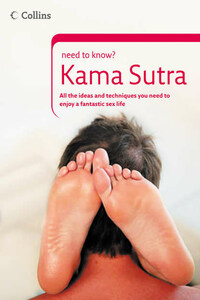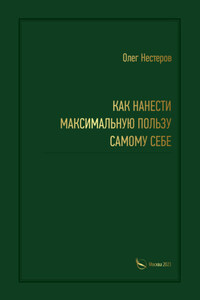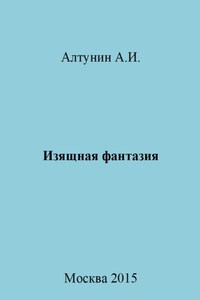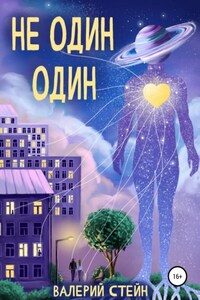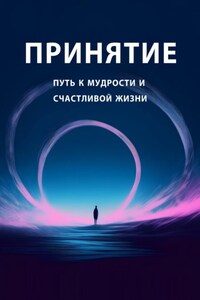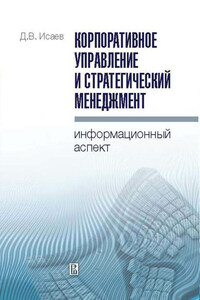Collins Need to Know?
Kama Sutra
Dr J Rogiere
Contents
Cover
Title Page
Introduction
Getting in the Mood
Kama Sutra Positions
Tantra and You
Tantra and the Single Person
Pleasure Enhancers
Sharing Kama Sutra Sex
Safer Sex
Glossary of terms
Need to Know More?
Searchable Terms
Copyright
About the Publisher
Kama Sutra
âIf all science is founded more or less on a stratus of facts there can be no harm in making known to mankind generally certain matters intimately connected with their private, domestic and social life. Alas! complete ignorance of them has unfortunately wrecked many a man and many woman...â
Preface to the original Burton translation of the Kama Sutra, 1883
Why learn about the Kama Sutra?
â... while a little knowledge of a subject generally ignored by the masses would have enabled numbers of people to have understood many things which they believed to be quite incomprehensible, or which where not thought worthy of their consideration.â
Preface to the original Burton translation of the Kama Sutra, 1883
Recently thereâs been an upsurge of interest in books, videos and courses describing the Kama Sutra and also tantric sex practices. So, what is it that these very ancient ideas have to offer us in the 21st century?
One answer may be that while our Western society inherited religious traditions in which the body and even sensuality were as seen as potentially shameful, the East celebrated these things. The good news for people wanting to see their sexual lives in a new way is that, through the Eastern traditions of tantra and the Kama Sutra, for the first time in a few millennia, sexuality is being seen in a positive, even spiritual, way. Sex is really coming out of the ânaughtyâ closet.
Most of us would like to have an interesting and emotionally satisfying sex life. The fact is a lot of us donât. Surrounded by images of sex and sexuality in advertising, on TV and in film, many people find that sex is not the wonderful, exciting part of life that magazines, novels and the media suggest it ought to be. We may wonder why this is, or maybe we just put it to the back of our minds and get on with our day-to-day lives. However, if the sales of guides and handbooks to sex and sexual pleasure are anything to judge by, todayâs men and women want to change things for the better and this book will give you a great place to start.
The origin of the Kama Sutra
The Kama Sutra reached the West through the work of 19th century British explorer and diplomat, Sir Richard Burton.
He had spent many years in India where he was shown ancient Indian erotic texts. He subsequently had these texts translated from the Sanskrit in which they were written and distributed them privately through the London Anthropological Society. Today, thanks to Sir Richard Burton and adventurers like him, anyone can access and enjoy texts like the Kama Sutra and benefit from the experience and wisdom of the East.
Is it really a sex guide?
So what is theKama Sutra?Kama Sutra translates as ârules of pleasureâ and itâs one of the earliest surviving examples of a lifestyle manual and sex guide. It is thought to have been written between the second and fourth centuries AD by the Hindu sage, Mallanaga Vatsyayana who drew on much earlier Kama Shastras or âRules of Loveâ, some of them almost a thousand years old in his own time.
The book was intended as much more than just a sex guide as we understand it today â it was a guide to a whole way of life. Contrary to what most people imagine, the Kama Sutra is not simply about exotic sexual positions but gives guidance on how a wealthy, middle-class man should live his life in the most general sense.
âMan ... should practise Dharma, Artha and Kama at different times and in such a manner that they may harmonise together and not clash in any way. ⦠Dharma is obedience to the command of the Shastras or Holy Writ of the Hindus ⦠Artha is the acquisition of arts, land, gold, cattle, wealth, equipages and friends ⦠Kama is the enjoyment of appropriate objects by the five senses of hearing feeling, seeing, tasting and smelling, assisted by the mind together with the soul.â
The text has seven parts: general observations, how to make amorous advances, finding a wife, the duties and privileges of a wife, how to behave with other menâs wives, information on consorting with courtesans and eunuchs, occult spells and rituals and a section on herbs and potions to promote libido and virility. The book covers everything the wealthy Hindu man might have needed to know about conducting his personal relationships nearly two millennia ago, but Vatsyayana makes it plain that Kama â the pursuit of sensual pleasure â comes after Artha and Dharma and that it is the harmonious balance of these three that results in a âgood lifeâ.
There are two main differences between the original Kama Sutra and modern texts. First, Vatsyayanaâs book was never meant as a manual for everyone; his readers were wealthy, urban men to whom he offered guidance on the social norms and sexual customs of the patriarchal North Indian society in which they lived. Secondly, as with the much later love and sex manuals the
